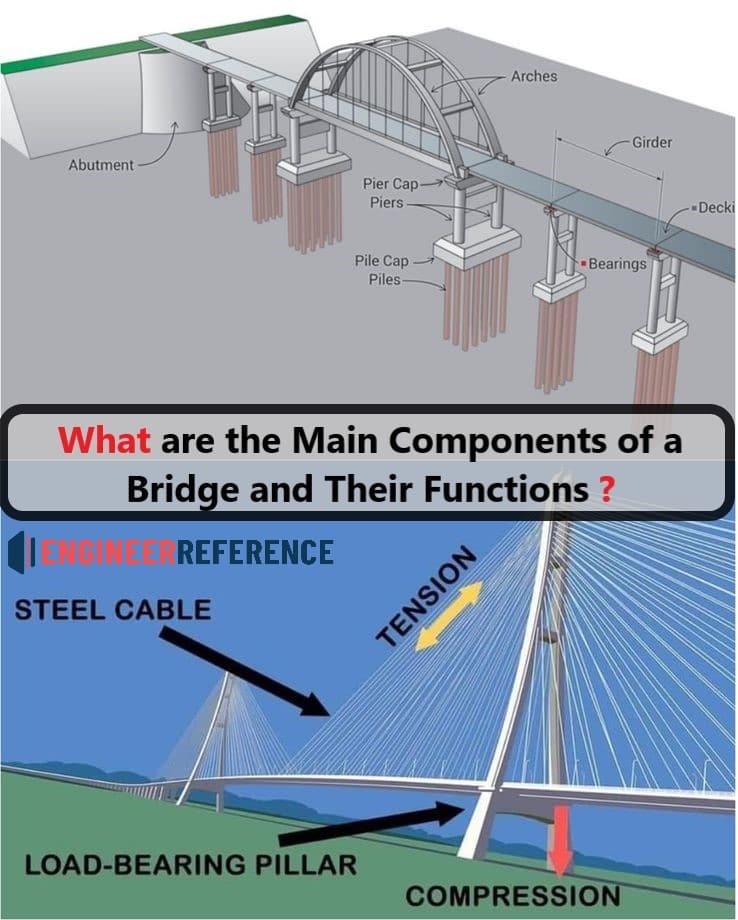Why Do Cantilever Structures Require Careful Analysis of Bending Moments?
1. Introduction to Cantilever Structures
Cantilever structures are unique in the world of engineering and architecture because they project horizontally into space and are supported only at one end. This creates a visually striking effect, but from a structural perspective, cantilevers require precise analysis, particularly when it comes to bending moments.
In simple terms, a cantilever is a beam or structural element anchored at one end, with the other end extending freely into space. This makes them different from simple beams, which are typically supported at both ends. Cantilever beams are widely used in bridges, balconies, and even large structures like stadium roofs.
Why is this significant? Unlike typical beams, cantilevers must bear all the weight and forces (both dead loads and live loads) from the free end back to the fixed support, making bending moment analysis critical. The ability to withstand these forces without buckling or failing is crucial for ensuring the safety and longevity of the structure.
2. What is a Bending Moment?
A bending moment occurs when a force is applied to a structure and causes it to bend. The amount of bending depends on several factors, including the magnitude of the force, the location of the load, and the material’s resistance to bending (flexural rigidity).
In cantilever structures, the bending moment is particularly important because the unsupported end creates a lever effect. The longer the cantilever, the more pronounced the bending moment. Engineers must calculate and analyze these moments to ensure that the structure can bear the load safely without excessive deflection or, worse, structural failure.
3. The Unique Challenges of Cantilever Structures
The structural behavior of cantilevers differs significantly from simple beams due to the uneven distribution of forces. Cantilevers face higher stress concentrations at the fixed support, where all the external forces are transferred. This makes the design and analysis of cantilevers more complex.
Additionally, the longer the cantilever extends, the more vulnerable it becomes to external forces such as wind and seismic activity, which can exacerbate bending moments. Engineers must account for these factors when analyzing the structure.
4. Why Bending Moments Are Critical in Cantilevers
The bending moment is the most critical factor in cantilever design because it directly impacts the stress distribution across the structure. A proper understanding of the bending moment helps in predicting how the cantilever will respond to different loads. Miscalculations in this aspect can result in serious consequences, including excessive deflection, cracking, or complete structural failure.
For example, a cantilever balcony extending from a building needs to handle both the weight of the structure itself and any additional load from people or furniture. If the bending moment isn’t carefully calculated, the balcony could deflect more than anticipated, leading to potential safety hazards.
Why Do Cantilever Structures Require Careful Analysis of Bending Moments?
5. Failure Risks Due to Improper Bending Moment Analysis
Cantilever structures are particularly susceptible to bending moment-induced failures. When the moment exceeds the material’s capacity, the structure could fail in various ways:
- Excessive Deflection: Leads to discomfort or failure due to visible sagging.
- Cracking: Particularly in concrete cantilevers, cracking can occur if tensile stresses exceed the material’s limit.
- Shear Failure: If the shear forces are too high at the support, it can lead to structural failure.
Numerous historical examples illustrate the dangers of inadequate bending moment analysis, underscoring the importance of precision in design.
6. Key Factors Influencing Bending Moments in Cantilever Design
Several factors influence how bending moments manifest in cantilever structures, including:
- Material Properties: Different materials have varying strengths and stiffness. For example, steel and concrete have different capacities to resist bending.
- Load Type and Distribution: Whether the load is a point load, uniformly distributed load, or a combination affects the bending moment.
- Length of Span: The longer the cantilever, the higher the bending moment at the fixed end.
- Boundary Conditions: How the structure is fixed or supported plays a crucial role in how bending moments are distributed.
7. Methods for Calculating Bending Moments
Bending moments in cantilever structures can be calculated using fundamental engineering formulas. For complex structures, engineers often turn to advanced tools like Finite Element Analysis (FEA), which allows for a more detailed understanding of how forces interact within the structure. FEA divides the structure into smaller elements and calculates bending moments across them.
FAQs
1. What is a cantilever structure? A cantilever is a structural element that extends horizontally and is supported only at one end, creating unique load-bearing challenges.
2. Why is bending moment analysis important in cantilevers? Bending moments determine how the structure will handle loads. Miscalculating them can lead to deflection or failure.
3. How do material properties affect bending moments? Stronger materials, like steel, resist bending better than weaker ones like concrete. The material’s flexibility also influences how the structure handles bending moments.
4. What is the most common failure in cantilever structures? Excessive deflection or cracking due to improper bending moment analysis is the most common failure in cantilevers.
5. Can software help in analyzing cantilever bending moments? Yes, structural analysis software like FEA helps engineers accurately calculate bending moments and predict structural behavior under load.
6. What role do boundary conditions play in cantilever design? The way a cantilever is anchored or supported significantly affects the distribution of bending moments and overall structural stability.
Conclusion: The Necessity of Careful Bending Moment Analysis
Cantilever structures are feats of engineering, but they also come with unique challenges, primarily due to bending moments. Without precise analysis, these structures can experience excessive deflection, cracking, or complete failure. Engineers must carefully consider all factors—from material properties to load types—to ensure structural safety. With advanced tools and innovative materials, the future of cantilever design is promising, yet the fundamental importance of bending moment analysis remains paramount.
Related Topics
-
7 Compelling Reasons Why Deep Foundations are Essential for Skyscrapers
-
10 Reasons Why I-Beams Are More Efficient Than Solid Rectangular Beams: An Engineer’s Insight
-
Essential Reinforcement Details in Beams and Slabs: A Comprehensive Guide for Stronger Structures
-
What Are the Types of Culvert? (Ultimate Guide with Examples)
-
10 Essential Types of RCC Beam You Should Know About in Construction
-
10 Essential Types of Joints in Concrete You Must Know (2024 Guide)






